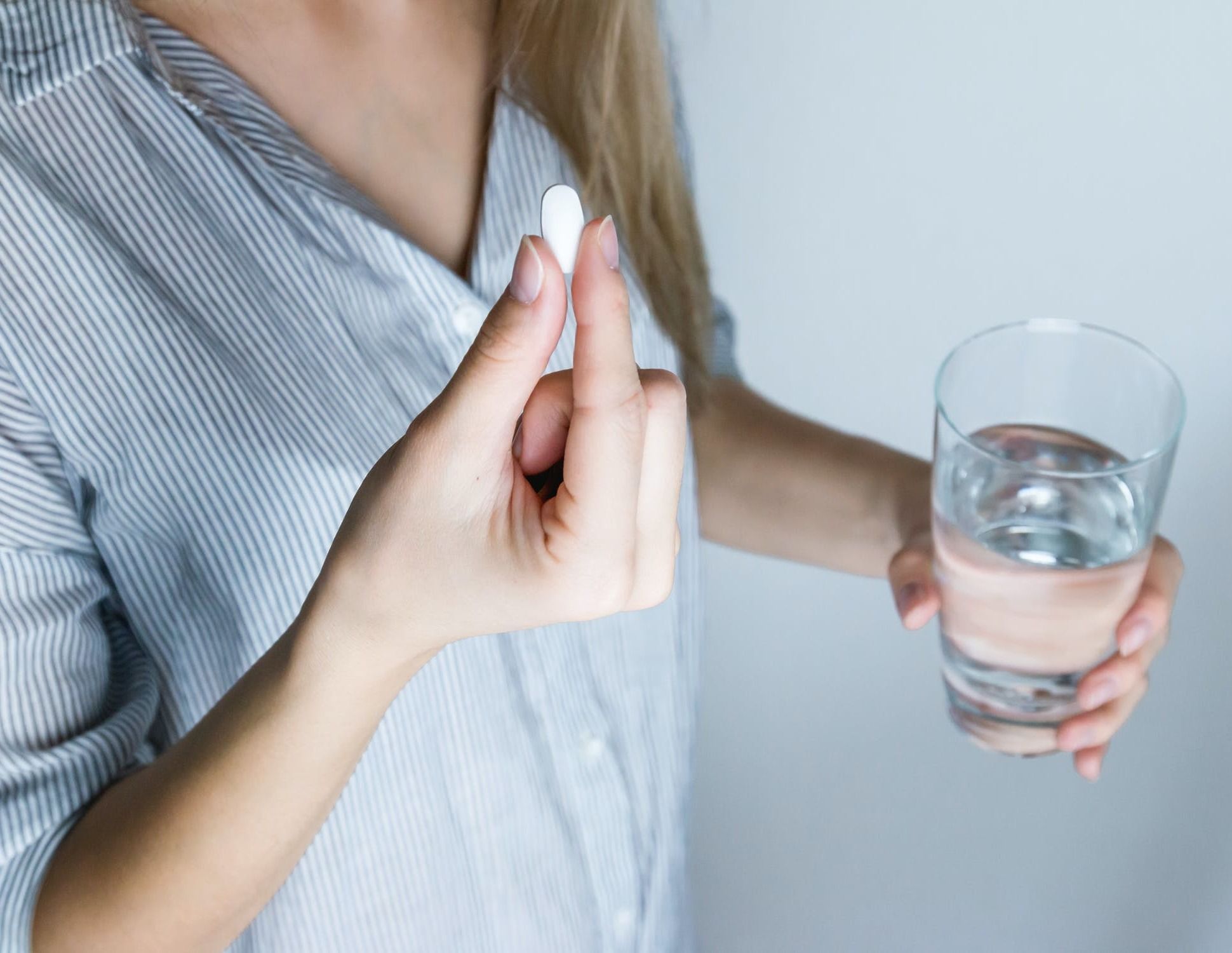Clinical, Psychological Factors Similar Between SAMS and non-SAMS Patients
Investigators did note that belief in statin use was weaker in patients with confirmed statin associated muscle symptoms when compared with non-SAMS patients.

According to new data presented at the European Society of Cardiology (ESC 2020) Congress, coronary patients with and without statin associated muscle symptoms (SAMS) reported no differences in clinical and psychological factors.
Although SAMS is a leading cause behind statin therapy non-adherence and/or discontinuation, no previous randomized, controlled study had analyzed the association between SAMS and psychological distress / beliefs about statin treatment.
A study led by Kari Peerson, PhD, Researcher at Vestfold Hospital Trust, compared specific clinical and psychological factors between patients with confirmed SAMS and without SAMS.
Clinical factors included pre-existing muscle skeletal disorders, somatic comorbidity, and cardiovascular risk factors.
Psychological factors consisted of symptoms related to anxiety or depression, type D personality, worry, and insomnia.
The pre-planned exploratory study assessed 72 consecutively recruited patients with self-perceived SAMS who were enrolled in the Muscle Side-Effect of Atorvastatin Coronary Patients (MUSE) randomized double-blinded crossover trial.
In that study, patients weekly reported the intensity of muscle symptoms, which included pain, intensity, tenderness, stiffness, and/or cramp. The intensity level was self-reported using a 0 (no symptoms) to 10 (worst imaginable) centimeter visual-analogous scale (VAS).
Thus, Peerson and team pre-defined confirmed SAMS as a 25% higher individual mean VAS score during 7 weeks of 40 mg daily atorvastatin treatment—compared with placebo—and ≥1cm absolute difference.
They also obtained clinical and psychological factors, as well as beliefs about their treatment, using a questionnaire and clinical examination at baseline.
The mean age of the recruited population was 63 years, with 32% being women. The investigators noted that each patient had tried an average 1.3 statins before the study had commenced.
A total of 28% (n = 20) were confirmed to have SAMS. Additionally, the investigators indicated there were no differences in mean VAS between the groups at baseline (mean VAS score, SAMS vs Non-SAMS: 4.5 vs 4.7, respectively, P = .20)
Furthermore, confirmed SAMS patients had a higher rate of non-statin use at baseline when compared with non-SAMS patients (25% vs. 6%, P<.001).
At the start of the study, SAMS patients had slightly higher mean LDL-C levels of 2.8 mmol/L—versus 2.3 mmol/L in the non-SAMS group (P = .06)
Although patients with confirmed SAMS had a weaker belief in their statin use in comparison with non-SAMS patients (3.1 vs. 3.6, P<0.001 [according to 1-5 rating scale, with 5 indicating strongest belief]), the team found no differences in sociodemographic, clinical, or psychological factors between the two groups.
They also reported no associations between these factors and increasing VAS scores in continuous analyses with the groups.
“Patients with statin dependent muscle side-effects reported a weaker belief on the necessity to take statins than patients with muscle complaints not caused by the statin. Otherwise, we found no differences in clinical or psychological factors between these populations,” they concluded. “The results indicate that these factors do not distinguish patients with and without associated muscle symptoms in clinical practice.”
The study. “Clinical factors, psychological factors and beliefs about statin use in patients with coronary heart disease and self-perceived muscle side-effects,” was presented at ESC 2020.